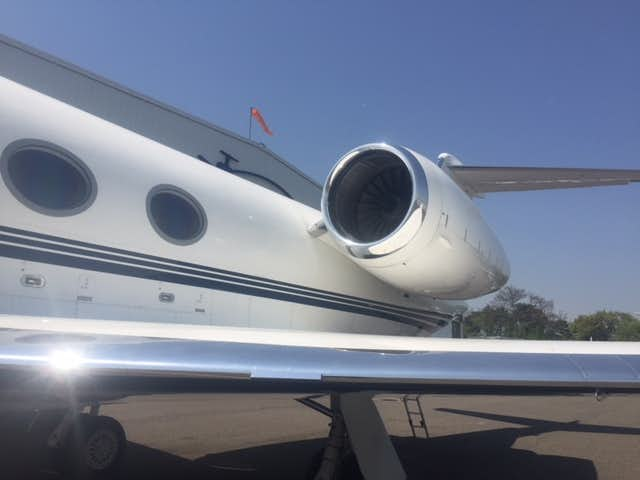
It used to be there was a fairly standard way to look at private aviation solutions. If you were flying under 25 hours per year, an on-demand charter was the way to go. Jet cards were for 25 to 50-hour fliers, while those between 50 hours and 400 hours you were in the red zone for fractional ownership and leasing. Only if you or your company needed over 400 private flight hours per year would full ownership make sense.
Times change. That hierarchy has been blurring the past five years. There are now fractional programs starting at 25 hours of annual flight time while jet card programs have broadened their reach and today range from five to 100 hours. In terms of owning your own private jet, according to Ventura Air’s CEO Nick Tarascio, changes in the tax laws, low interest rates, attractive pricing on used aircraft and the ability to upgrade avionics inexpensively now means that even if you just fly 50 hours per year, ownership should be in the consideration set.
Ventura, which started as a seaplane charter company in 1955, today offers management, maintenance, and charter, and more recently launched a program focused on helping consumers figure out if full ownership is a good option. In fact, Tarascio recently authored, “Own Your Own Plane: It Costs Less Than You Think.”
Tarascio tells Private Jet Card Comparisons there are 12 specific factors that have come together that are making full ownership attractive even if you aren’t a frequent flier. He likens some of the developments to the same type of technological advances that enabled Steve Jobs to create the iPhone, things like being able to mass manufacture the touch glass screens and shrinking size of various components.

In the case of private jet ownership, Tarascio’s model is focused on used aircraft. He points to avionics, where a component that just a couple years ago would have cost $250,000 to upgrade on an older jet is now just $50,000. He also says there are some unique market factors such as the combination of a strong economy mixed with “massively devalued legacy aircraft.”
At the same time, Tarascio says engine technology for business jets hasn’t really changed from the 1970s and 1980s. “There hasn’t been a major breakthrough,” he notes, adding, “The only two things that matter is fuel economy and reliability, and the improvement has been incremental.” In his estimation, that means while buying a brand new jet will give you efficiencies, they are aren’t big enough to make up for the huge difference in what it costs to buy new versus old.
From Ventura’s perspective as a charter operator – it’s ARGUS Gold and Wyvern Wingman – he says the private jet charter market is booming, and in fact, according to TRAQPak, the charter segment is performing at record levels. By working with brokers, he says it’s possible to generate over 600 hours per year in revenue charter, meaning owners don’t need to fly their aircraft nearly as much, and in fact, can even make more money by not flying. Of course, the advantage is when they do fly their aircraft, they are only paying the cost of the fuel, crew overnights and various landing and airport fees.
Tarascio says a circa 1990 Dassault Falcon 900 which today would sell for over $40 million in its current version can be purchased and upgraded for under $5 million giving the owner an aircraft that looks and feels new, enables them to depreciate the entire value in year one, then use it or earn money via charter.
He believes older jets get a bad rap. He further thinks jet card companies that offer two tiers of pricing, with lower hourly rates for older aircraft, fuel the misperceptions. At the same time, he says an MIT study shows “zero correlation between the age of an airplane and safety.”
Another benefit of buying low he says is “when you buy aircraft that are 90% depreciated, the parts value is close to the purchase price of the aircraft” meaning you don’t have to worry as much about where whole aircraft market values are going.
While Tarascio says its Ventura’s job to do all the work – from finding the right used aircraft options for buyers, then doing the refurbishment and upgrades, and then handling the management and working with charter brokers to sell time, it does take a commitment from somebody who wants to spend a bit of time to understand how it all works so they can maximize the transaction value. The approach, he says, is personalized. He adds, “Everything has to match your mission. The model is based on the missions of the buyer.” The payoff of ownership can go beyond financial, he notes. For example, somebody who might normally charter a midsize jet but is challenged for baggage space might all of a sudden be able to afford either a super-midsize or large cabin aircraft.